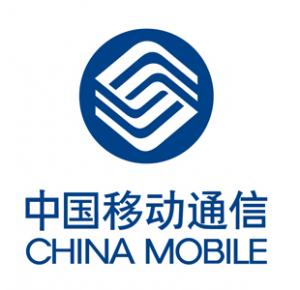No Mention of RF-SIM in Recent China Mobile Planning Document

A recent mobile-payment document from China’s largest mobile operator, China Mobile, makes no mention of the proprietary RF-SIM technology the giant telco had been promoting for mobile payment earlier this year, NFC Times has learned.
But the document does mention standard contactless technology several times, as well as NFC. The document, which appears to be an internal planning presentation discussing mobile payment and mobile money or cash, is yet another piece of evidence that China Mobile is abandoning the RF-SIM technology it began rolling out last year.
UPDATE: Recent press reports also say China's three telcos, including China Mobile, have agreed with the central bank, the People's Bank of China, to adopt the 13.56-MHz frequency for contactless payment. This is the frequency used by standard NFC phones and contactless cards and other devices. END UPDATE
The China Mobile document does mention that the telco would evaluate low-cost proximity payment technology, such as contactless stickers that operate at the standard contactless 13.56-MHz frequency, said a source. It also discusses a near-term focus on encouraging subscribers to pay their phone bills using China Mobile's payment system, the source said.
RF-SIM technology, which embeds contactless antennas in SIM cards, operates at a much higher frequency, 2.4 GHz, than standard contactless. China Mobile has launched its own retail-payment scheme on the RF-SIM cards and also has offered transit and event ticketing. But the applications require a whole new infrastructure of nonstandard readers that China Mobile would also have to pay for.
The specially equipped RF-SIMs have not apparently been well-used at the Expo 2010 in Shanghai, where China Mobile had planned to showcase the technology, said a source.
NFC Times was among the first to report last March that China Mobile was pulling back from its RF-SIM rollout. At the time, a representative from the telco acknowledged that it was also working on NFC, in addition to RF-SIM.
When it comes to mobile payment, it now appears that the world’s largest mobile operator in terms of subscribers, with more than 500 million, will devote itself even more to NFC and perhaps bridge technologies that operate at the standard 13.56 MHz frequency. The telco, which earlier this year bought a 20% stake in Shanghai Pudong Development Bank, could still try to go it alone on mobile payment, but if it does, it likely would use standard contactless-mobile technology.
Meanwhile, China’s second largest mobile operator, China Unicom, is also working on NFC. But reports in another industry publication suggesting that Unicom is preparing to launch NFC commercial services in four major cities next month are false or misleading.
The reports, which said there would be rollouts in Beijing, Shanghai, Guangzhou and Chongqing next month, quoting Chinese press reports, are not accurate, said sources close to Unicom.
Unicom, however, is using a dual-interface SIM product with a flexible antenna, SIMpass, from Chinese vendor Watchdata, which the story also mentioned. Unicom is issuing SIMpass in at least two of the cities, Chongqing and Beijing, though they would not be considered full commercial launches.
Unicom also is not building an NFC manufacturing hub in Chongqing projected to be worth US$7 billion, as reported elsewhere, but is investing in the city to develop wireless technologies in general, said sources.












